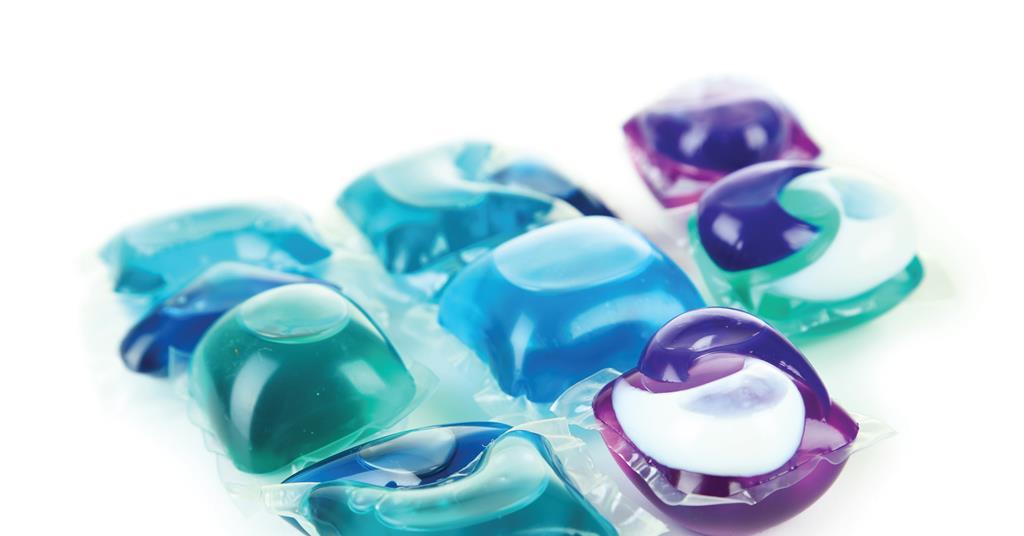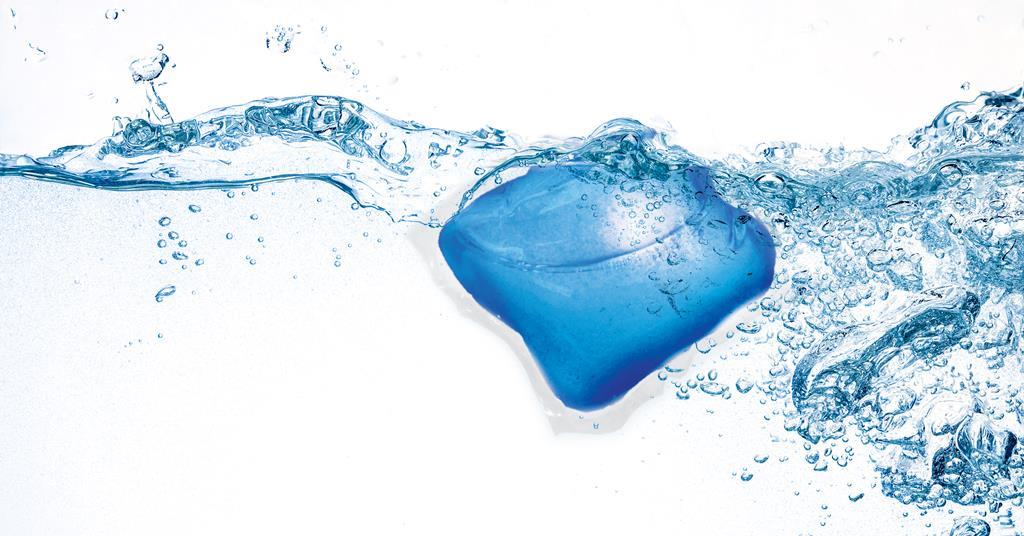Water soluble packaging, also known as water-soluble film or biodegradable packaging, refers to packaging materials that can dissolve or decompose in water.


These films are usually made of biodegradable polymers or other natural materials, and when exposed to water or moisture, they are designed to decompose into harmless components.
With its ability to dissolve or decompose in water, this innovative packaging solution will greatly reduce plastic waste and pollution.
From effortlessly dissolving disposable detergent bags in washing machines to controlling the release of fertilizers, and even food packaging without the need to open the packaging, water-soluble packaging has shown a revolutionary transformation in the packaging, use, and disposal of products.
This sustainable and universal packaging solution has the potential to reshape the industry and pave the way for a more environmentally friendly future.
From 2023 to 2033, water-soluble packaging will completely transform the entire industry.
According to a report by Future Market Insight Global and a consulting firm, the water-soluble packaging industry is expected to have a significant impact on the entire packaging industry from 2023 to 2033.
The market is expected to reach $3.22 billion in 2023 and grow to $4.79 billion by 2033, with a compound annual growth rate (CAGR) of 4%.
The demand for environmentally friendly packaging solutions continues to grow
Water soluble packaging is becoming increasingly popular as a sustainable packaging solution in various fields such as food, healthcare, agriculture, and consumer goods.
With the increasing awareness of environmental issues among consumers and government regulations on plastic waste, many industries may adopt water-soluble packaging as a standard choice.
With the increasing demand from customers for environmentally friendly packaging solutions, the use of biodegradable and compostable materials in water-soluble packaging is expected to significantly increase.
Market Challenges and Trends
Although water-soluble packaging provides many benefits, it also faces some challenges. These issues include a lack of awareness, high production costs, limited supply of materials and machinery, and concerns about durability, compatibility, and waste management.
Despite these challenges, the market is witnessing several trends. New materials such as polysaccharides and proteins are being developed, and water-soluble packaging is increasingly being used in agriculture and the cosmetics industry.
Major brands such as Nestle, PepsiCo, and Coca Cola are all exploring the use of plastics to reduce their environmental impact. In addition, startups are providing innovative and sustainable solutions in this field.
Classification and analysis
North America and Europe
The pharmaceutical and healthcare industries have also contributed to the growth of the North American water-soluble packaging market.
North America, especially the United States and Canada, has a thriving food and beverage industry that widely uses water-soluble packaging. The growing environmental issues and legislation in the region have driven the demand for sustainable packaging alternatives.
Europe is an important participant in the global water-soluble packaging business, accounting for over 30% of the market share. The region attaches great importance to sustainability and environmental protection, leading to an increasing demand for environmentally friendly packaging solutions.
Germany, France, and the UK are the main markets for water-soluble packaging in Europe, with the food and beverage industry being the main end users, followed by agricultural chemicals and pharmaceuticals.
Asia Pacific region
The Asia Pacific region holds a significant market share in the water-soluble packaging industry and is expected to experience significant growth during the forecast period.
The growing demand for environmentally friendly packaging solutions and strict legislation aimed at reducing plastic waste are driving the market in the region.
segment analysis
The polymer component is a key component of water-soluble packaging, utilizing water-soluble polymers to provide sustainable alternatives to traditional packaging materials.
Commonly used water-soluble polymers include PVA, PEO, and starch based polymers.
Leading brands and competitive landscape
The food and beverage industry is the main adopter of water-soluble packaging because it can improve sustainability and reduce plastic waste.
In terms of competition, market participants focus on innovation, sustainability, cost-effectiveness, and regulatory compliance. They are expanding their product supply, developing new materials and technologies, and collaborating with other companies and institutions to maintain a leading position in the water-soluble packaging market.
Post time: Jun-05-2023






